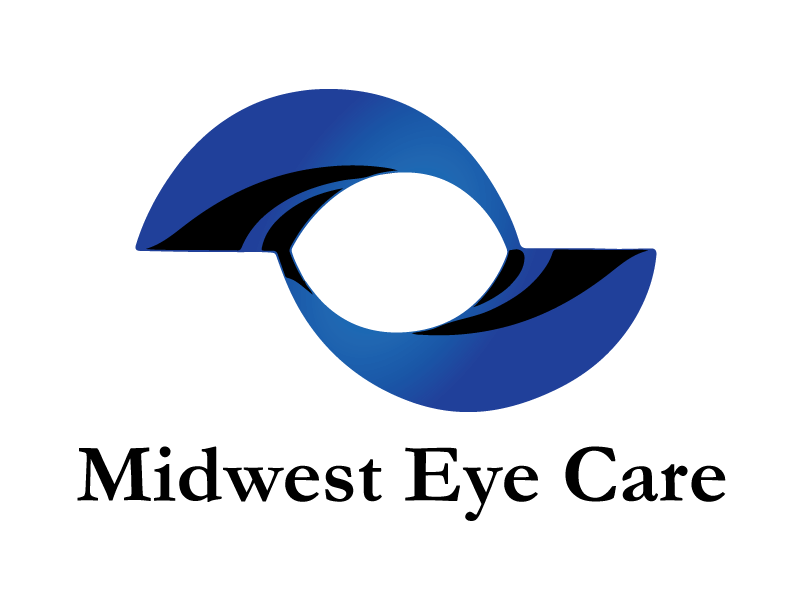Acne rosacea is a chronic skin condition, resembling acne, that affects both the skin and the eyes (ocular rosacea). It is estimated that one in every twenty Americans has acne rosacea. Approximately 60% of patients who have acne rosacea also develop eye-related problems. Rosacea is usually found in Caucasian women between the ages of 30 and 60, and light-skinned people who blush easily are more likely to have this condition. No conclusive cause of rosacea has been determined, but there are numerous theories that it may be associated with gastrointestinal conditions, psychological stresses, infections, weather-related factors and compromised immune systems.
Patients with ocular rosacea usually experience eye and eyelid irritation. Symptoms of ocular rosacea often include dryness, a ‘gritty’ feeling in the eyes, inflamed bumps (chalazions) on the lid, crusting eyelashes and light sensitivity. Ocular rosacea can also cause cornea problems (the outer, clear covering over the eye) including infections and corneal ulcers.
Patients with rosacea should avoid hot drinks, spicy foods, alcohol, excessive chocolate, and overheating. Extra protection should be taken outdoors by wearing sunscreen, hats, and sunglasses. Because of its implications for the skin and the eyes, dermatologists and eye doctors may work together to treat this problem. Common treatments for eye-related symptoms are cold compresses, eyelid scrubs, artificial tears and topical and/or oral antibiotics.

